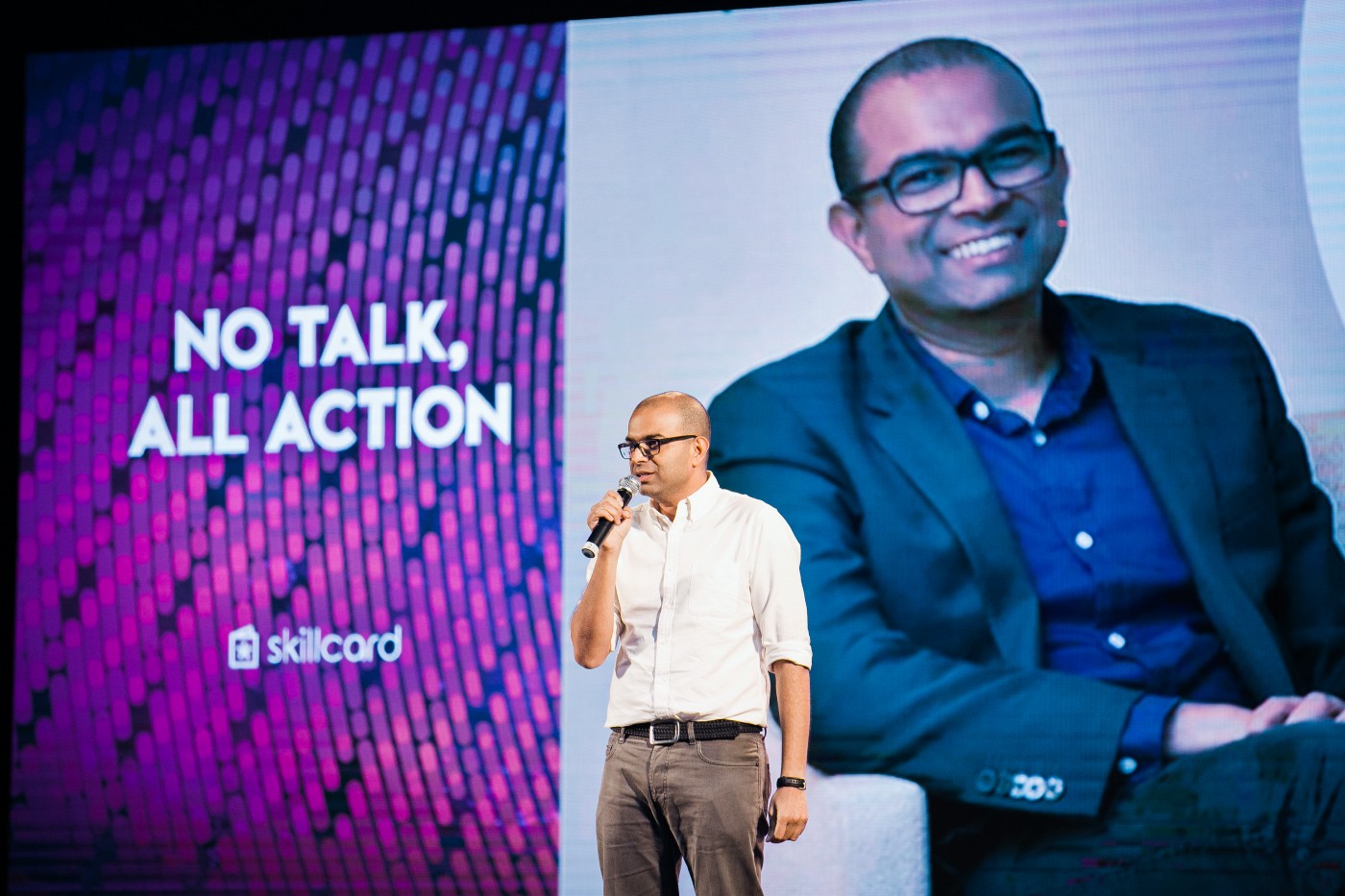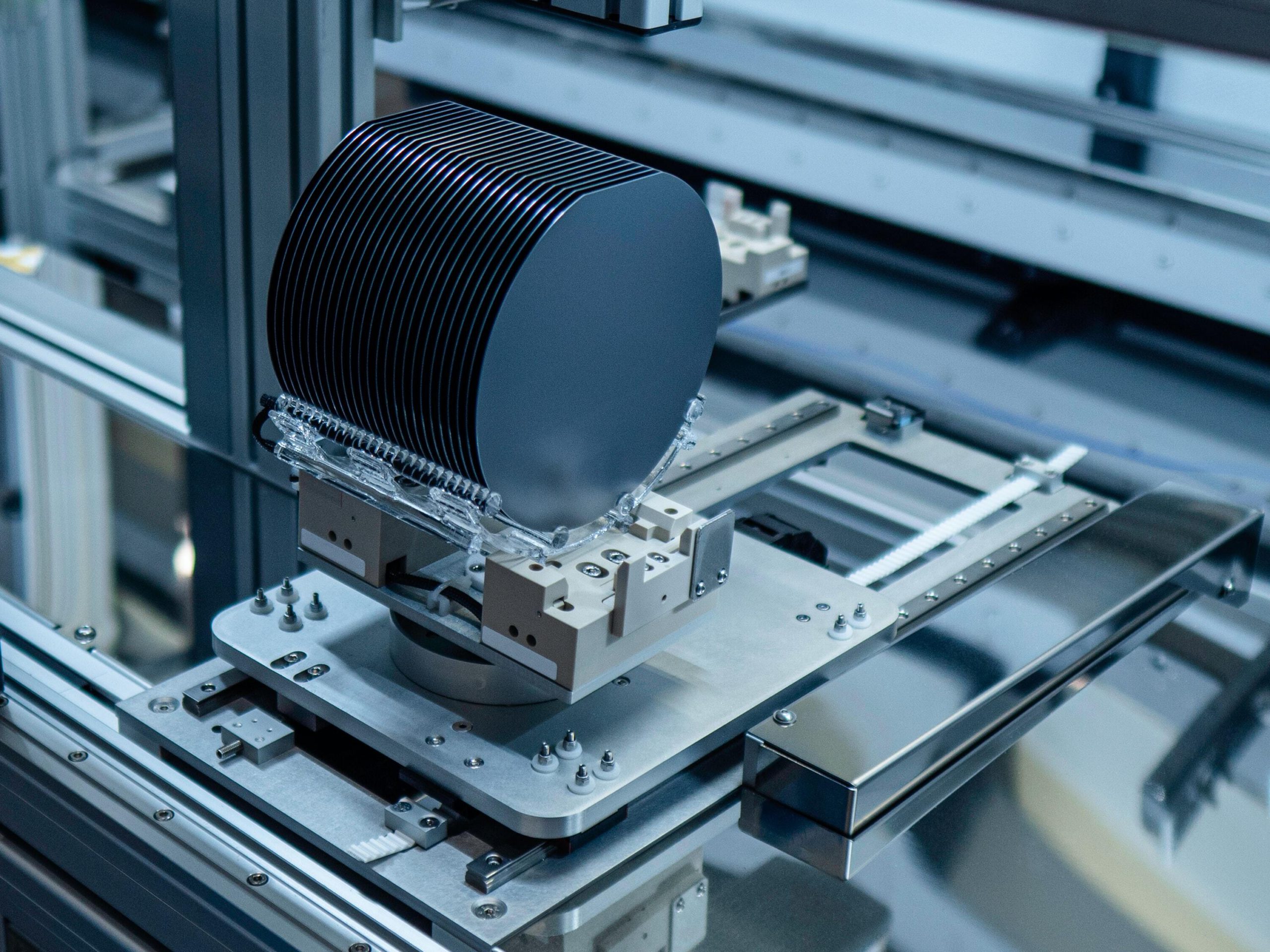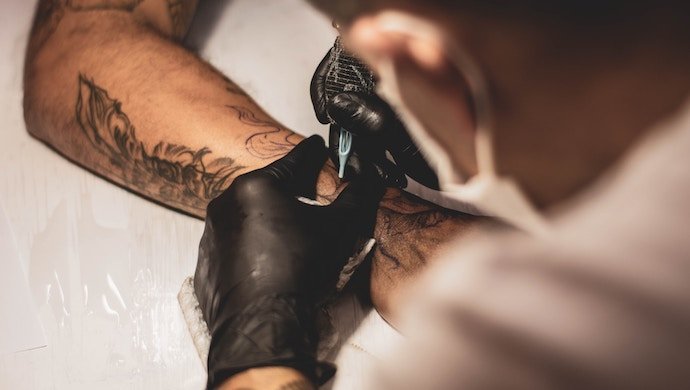Inconspicuous to us are billions of devices embedded with sensors communicating with one another, typically through a cloud network. This is loosely defined as the Internet of Things (IoT).
For decades, security and privacy concerns have loomed over IoT technology. As the saying goes – a chain is only as strong as its weakest link – an unencrypted connection can expose data from encrypted connections from other parts of the network. Designed to be low-power, IoT devices are at a crossroad between gathering more data and enhancing its security.
These concerns have been swept away in recent years as we see the demand for IoT technology catching up with its supply. This is partly attributed to the pandemic where IoT technologies help identify and control COVID-19 infections especially in urban areas. IoT technologies’ role in tackling COVID-19 can lead to a paradigm shift in the way we view IoT, which will ultimately promote a widespread acceptance and adoption of IoT technologies.
Next big thing
Governments and corporations have poured in over 700 billion USD on developing IoT technology. The number of IoT devices have exploded over the years and its momentum is likely to persist for the years to come, despite the lingering issue of computer chip shortage. This could be due to the recent widespread rollout of 5G technology that enables faster and more secure connectivity for IoT devices, paving the way to a new massive IoT ecosystem.
Governments worldwide are adopting IoT technologies to achieve better law enforcement and infrastructure management. Not only are they rolling out sensors like “Big Brother”, but they are also enforcing regulations and IoT standards to ensure interoperability and security of these devices.
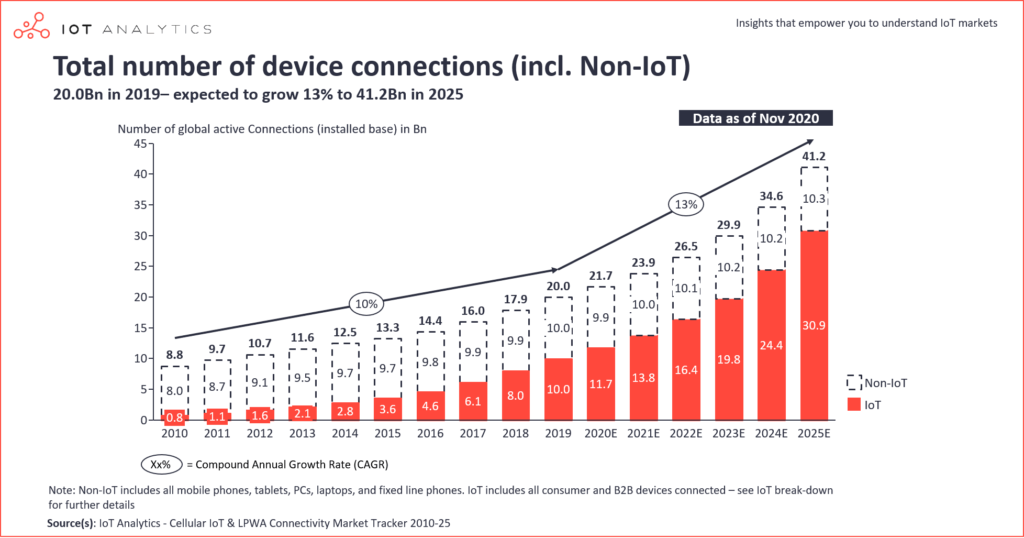
Source: https://iot-analytics.com/state-of-the-iot-2020-12-billion-iot-connections-surpassing-non-iot-for-the-first-time/
China Academy for Information and Communications Technology (CAICT), an esteemed think tank, believes that we are currently in the early stage of IoT adoption where IoT infrastructure has achieved partial integration, and high-value IoT applications have just begun to gain traction.
Affecting you from every corner
Having a global network of devices helps accumulate unprecedented amounts of data which can be further used in big data analytics and training of Artificial Intelligence models. Similar to how a human being is able to make sense of its surroundings and communicate with other people, the true value of IoT applications lies with how information obtained can be further processed and utilized.
IoT has a wide range of applications, particularly in manufacturing, healthcare, automotive and smart cities.
Monitoring and feedback capability provided by IoT devices in manufacturing has helped boost productivity and cut costs of businesses. In most big cities in China, water and electricity meter readings are processed automatically with IoT devices. Amazon Go leverages on IoT devices to create a “checkout-free shopping experience” where IoT sensors keep track of the items taken by patrons, thereby eliminating the need for patrons to scan the barcode or key in the items that they have taken. IoT also plays a huge role in making our homes smarter. A prime example of an IoT device in our homes is Amazon Echo with over 100 million units sold.
Market of share of the different sectors of IoT
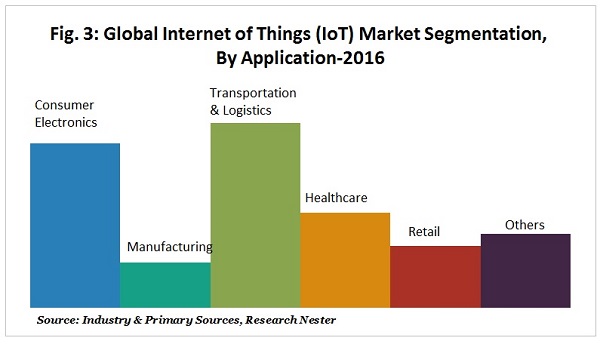
Source: https://www.researchnester.com/reports/internet-of-things-iot-market/1189
Great future, slow uptake among smaller businesses
In a Microsoft’s survey of over 3000 IT leaders and executives who were involved in IoT decisions in 2020, 90% of respondents believe IoT is crucial to their company and nearly two-third plan to implement more IoT. While it may seem like the next internet revolution, the truth is IoT might not work, and businesses might not need them. IoT systems require substantial time and expertise to develop. Its reliance on hardware components adds on to the cost. Nearly half of the respondents believe there are not enough qualified workers to develop and maintain the network, and around one-third of the IoT projects fail in the proof-of-concept (POC) stage.
Hardware-as-a-Service (HaaS)
The barrier to entry to IoT is lowered by a business model called Hardware-as-a-Service (HaaS). Similar to Software-as-a-Service (Saas), companies like Alibaba have offered HaaS platforms where subscribers receive IoT hardware, software, and installation support for a monthly fee. If IoT does not work out for the business, it can choose to cease its subscription. This addresses the concerns regarding high start-up cost and lack of expertise from smaller businesses. However, it still lacks in pricing transparency since these services are tailored to each client and there are relatively few services providers.
IoT startups
IoT technologies are not limited to the hands of big corporations. Unified Inbox is a Singapore-based startup that utilizes Artificial Intelligence and IoT messaging technology to allow users to communicate with their devices easily. Another Singapore-based startup De-Wired designs customized IoT packages for companies.
Similar to Amazon Go, Pick & GO runs multiple AI unmanned convenience stores in Singapore.

Innumerable cameras and sensors in Pick & GO, National University of Singapore
There are countless opportunities that can come with IoT technologies. At its heart, IoT is simply a concept where physical devices share their collected data in a network. Similar to other network concepts like Internet of People and World Wide Web, its value ultimately depends on how we make use of the network. While big companies may have most of the market share now, smaller companies can compete by narrowing down their target audience and focus on tailoring an IoT solution for their focused group. In my opinion, IoT is unlikely to benefit most people much. Similar to cryptocurrencies which still have few practical uses for most of us, it is a bandwagon that is rapidly gaining momentum and may well be the next melting pot of opportunities. Until then, let the game of things begin.






